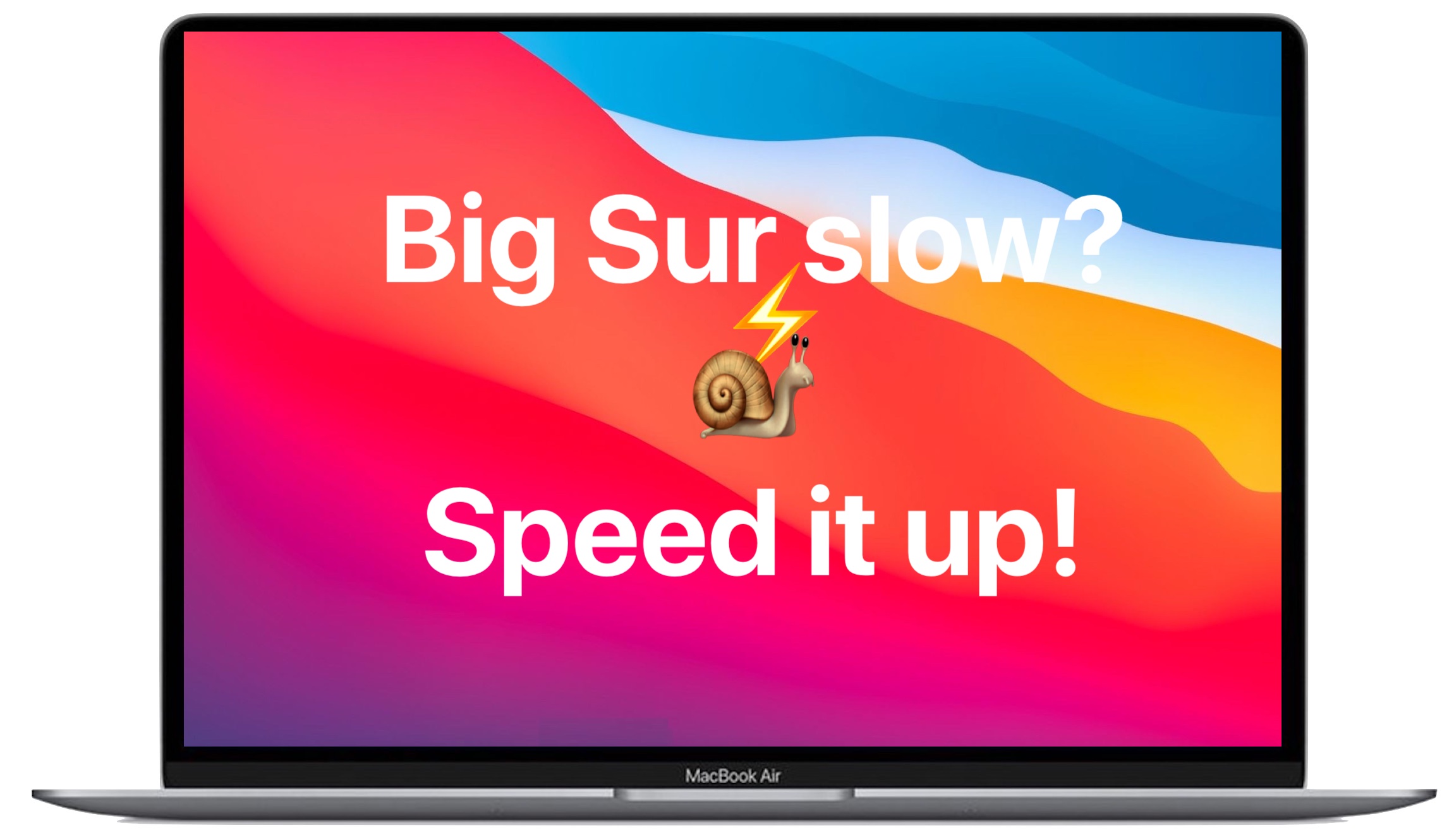
- #MAC DESKTOP ICONS REARRANGE THEMSELVES HOW TO#
- #MAC DESKTOP ICONS REARRANGE THEMSELVES PDF#
- #MAC DESKTOP ICONS REARRANGE THEMSELVES INSTALL#
- #MAC DESKTOP ICONS REARRANGE THEMSELVES ANDROID#
- #MAC DESKTOP ICONS REARRANGE THEMSELVES PRO#
(Both of these folders are physically inside your Home folder.
#MAC DESKTOP ICONS REARRANGE THEMSELVES INSTALL#
When you install macOS, you get a couple of starter Dock folders, just to get you psyched. From the shortcut menu, in the “Display as” section, choose either Folder (which looks like a folder forever) or Stack (which changes to reflect its contents). Right-click or two-finger click the Dock folder. You can’t get to know a folder by its icon.įortunately, this problem is easy to fix.
#MAC DESKTOP ICONS REARRANGE THEMSELVES PDF#
Your Downloads folder might look like an Excel spreadsheet icon today, a PDF file tonight, and a photo icon tomorrow-but never a folder. When you add a folder or disk icon to the Dock, you might notice something disorienting: Its icon keeps changing to resemble whatever you most recently put into it.

Here’s the advanced course:Įver-Changing Folder-Icon Syndrome (ECFIS). Those were the basics of pop-up Dock folders. This section explains everything you need to know. You can customize the thing to within an inch of its life, use it to control and manipulate windows in elaborate ways, or even get rid of it completely. (Choose System Preferences→Dock, and turn off “Show indicators for open applications.”)Īpple has made it as easy as possible to like the Dock. Only a tiny black dot beneath a program’s icon tells you that it’s open-and you can even hide that, if you want. You can have dozens of programs open at once.Īnd that’s why the Dock combines the launcher and status functions of a modern operating system. “Which programs are open” approaches unimportance in macOS, where sophisticated memory-management features make it hard to run out of memory. A program should appear when you click its icon, whether it’s open or not-just as on an iPhone or an iPad. In an ideal world, this distinction should be irrelevant. In macOS, Apple combined both functions into a single strip of icons called the Dock.Īpple’s thinking goes like this: Why must you know whether a program is already running? That’s the computer’s problem, not yours. The other kept track of which programs were open at the moment for easy switching, like the taskbar (Windows) or the Application menu (Mac OS 9). One listed unopened programs until you needed them, like the Start menu (Windows) or the Launcher (Mac OS 9). What are your thoughts regarding shortcuts on Mac? Have you used it on Windows? How was the experience there? Share your opinion in the comment section below.For years, most operating systems maintained two lists of programs.
#MAC DESKTOP ICONS REARRANGE THEMSELVES HOW TO#
How to Save Website Shortcuts as Icons to iPhone.
#MAC DESKTOP ICONS REARRANGE THEMSELVES PRO#
It works on my old MacBook Pro running macOS Sierra, but on a different MacBook Pro running the latest version of macOS Catalina, this quick method does not seem to work. Secondly, on Macs running OS versions before Catalina, you may also click on a Folder or App and then press together Command (⌘) + L.

Also, if you change the folder location, the shortcut stops working. However, it is tricky and beyond the simplicity of the average user. There is a third method that I know of, which requires Terminal and some command lines. These were two easy ways to create shortcut icons on Mac. Right-click on the folder or app name and click on Make Alias. If you cannot find it, see the end for instructions. Decide which folder’s or app’s desktop shortcut you want to create. Create Desktop Shortcuts on Mac Using Drag and Drop.Anyways, here are two easy ways to create desktop shortcuts on Mac running macOS Big Sur or Catalina. The second method is also quick, but it at times copies the folder instead of making the shortcut. The first method below is the one I prefer. You can add shortcuts for folders and apps to the desktop or Dock of your Mac. We first make an alias and then move it to the desired location. On Mac too creating a folder or app shortcut is extremely easy.
#MAC DESKTOP ICONS REARRANGE THEMSELVES ANDROID#
When you download an app on Android or Windows, you get an option, or it automatically creates a shortcut on the home screen or the desktop.


 0 kommentar(er)
0 kommentar(er)
